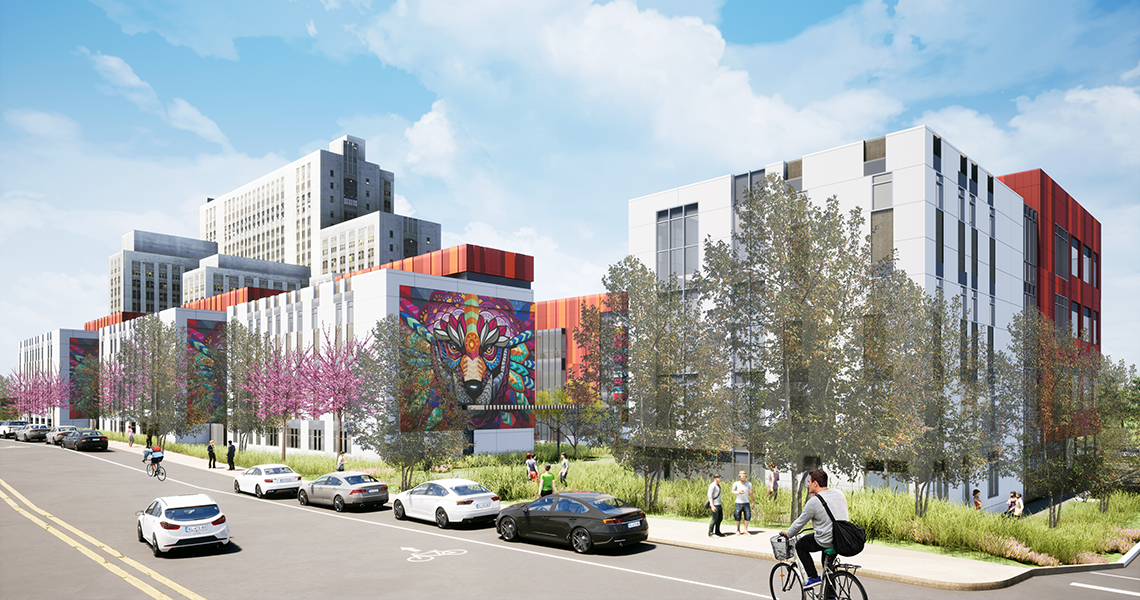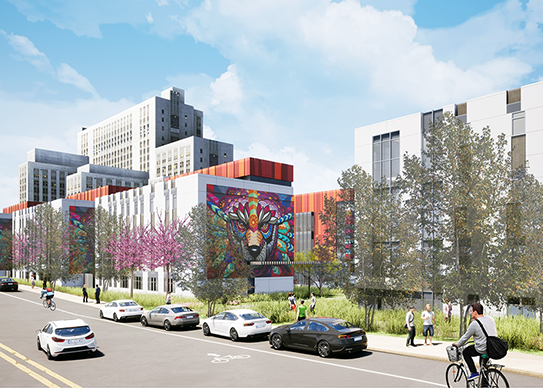The article celebrates the Restorative Care Village (RCV) for it how caters to the unique needs of Los Angeles County residents experiencing unstable living conditions while also attempting to recover from medical and mental health conditions. It also highlights how RCV employes cutting-edge modular building methods to reduce cost and accelerate overall project delivery. The project is set to open in 2021.

The full article is available online. Other key excerpts include:
“This is more than whole-person care – it is about providing a very warm, welcoming environment to people who probably are not used to receiving care,” says Jo Ann Yanagimoto-Pinedo, Deputy Director of Strategic Initiatives with Los Angeles County Department of Mental Health. “If you look at traditional government health care facilities, they are very cold and institutional. We are trying to change that because we know that outcomes are better when treatment is provided in a welcoming, home-like environment.

The design for the village is based on a neighborhood model, with all buildings oriented on a main street that harnesses extensive landscaping and placemaking strategies. The cladding on the buildings draws inspiration from the historic art deco LAC+USC hospital (white metal paneling) and the cultural influences found in the surrounding neighborhoods, like multi-colored metal paneling. Public art will be an essential element of the project, with interior and exterior artwork playing a central role in creating a restorative living environment.
“This project shines as a community asset,” explains David Hunt, CannonDesign’s Southern California Health leader. “The courtyard areas welcome the community in, and it helps residents feel a sense of connectedness. We’ve intentionally designed the LAC+USC RCV not as a stigmatized place, but as places integrated in their communities for normal life, human experiences, recovery, and partnership.”



